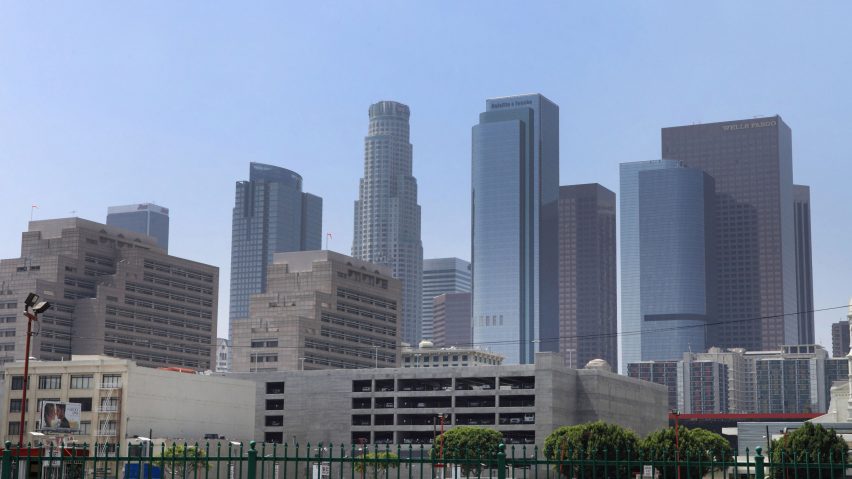
California limits embodied carbon in statewide building code
The state of California has recently adopted changes to its building code that will limit embodied carbon emissions in commercial and school buildings.
The California Building Standards Commission (CBSC) voted the changes into effect in early August 2023, making the state the first in the nation to implement required embodied carbon reduction in some buildings.
"Using the building code in this way is important in shifting ‘business as usual' across the building industry to also address climate action," said architect Michael Malinowski, who led the effort for AIA California.
A popular topic of discussion within architecture and design in recent years, embodied carbon encapsulates the carbon emissions generated from the entire lifespan of a building, including manufacturing, construction, maintenance and eventual demolition.
The new code will "limit embodied carbon emissions in the construction, remodel, or adaptive reuse of commercial buildings larger than 100,000 square feet (9,230 square metre) and school projects over 50,000 square feet (4,650 square metre)," according to AIA California, which worked closely with policy-makers on the changes.
"The most advanced energy code in the country"
"It can take up to 80 years to overcome embodied carbon's impact through strategies that reduce energy usage or operational carbon; the planet doesn't have that time,” said AIA California president Scott Gaudineer.
"[The] actions by the Division of the State Architect and the California Building Standards Commission codify a cultural shift: to meet decarbonization timelines set by California law, embodied carbon must be reduced in addition to operational carbon."
The change is an amendment to the 2022 California Green Building Standards Code (CALGreen), California's first statewide green building code, which was first developed to supplement the general code in 2007.
Multiple factors were at play in order to position California as the first to adopt statewide measures dealing with embodied carbon, AIA California vice president of climate action William Leddy told Dezeen.
"We already have probably the most advanced energy code in the country," said Leddy. "Then that keeps advancing, and the governor has placed a high priority on decarbonizing the state of California by 2030. We were able to just show how buildings represent 40 per cent of greenhouse gases globally, that contribute to climate change. I think that was a fairly easy sell."
Industry professionals can follow one of three compliance paths set forth in the code to reduce carbon emissions in building design and construction.
They include one based on the reuse of at least 45 per cent of an existing structure, one based on materials that meet specified emission limits, and a third that applies a Whole Building Lifecycle Assessment analysis, a method that takes stock of building emissions at every stage.
Leddy noted the Whole Building Lifecycle Assessment analysis is the "more effective and ultimately more accurate" option.
"The intention was to make it as easily adaptable and also easily achievable," he said.
"It's really all about trying to make it accessible to everyone and not excluding folks that don't have the technical background to actually go through the more elaborate calculations."
According to Leddy, the hope is that the code will be applied to smaller buildings moving forward.
"The idea is that the 100,000 square foot commercial building number will drop down to a lower number, and will continue to drop. The idea here is that eventually, it will also include a residential scale."
The new changes will go into effect 1 July 2024, with AIA California hosting a number of seminars in order to prepare building industry professionals for the updates.
Elsewhere in California, in 2022, the city of Los Angeles proposed an ordinance that would require all new construction to be zero-carbon. It is currently under review.
The amendments join other recent efforts to address embodied carbon emissions such as in the UK, where North Norfolk MP Duncan Baker proposed a similar bill in 2022, while Norman Foster recently called for higher standards for whole-life emissions across the building industry at the 2021 COP26 climate conference.
The photography is by Steven Miller.